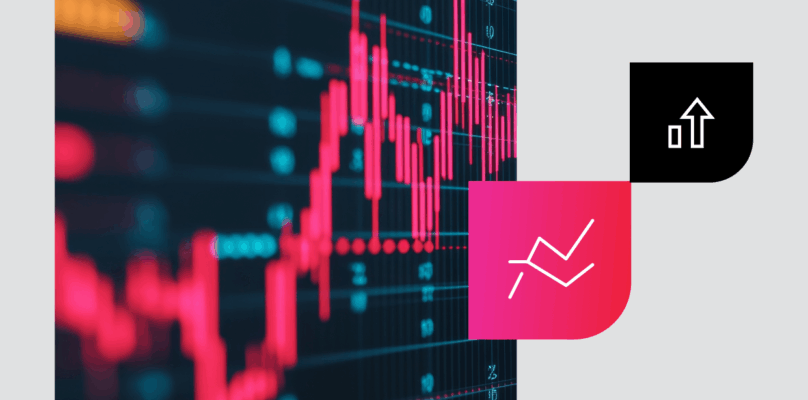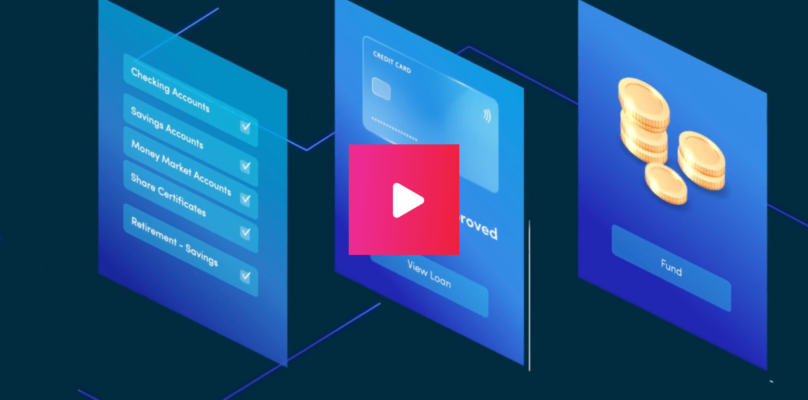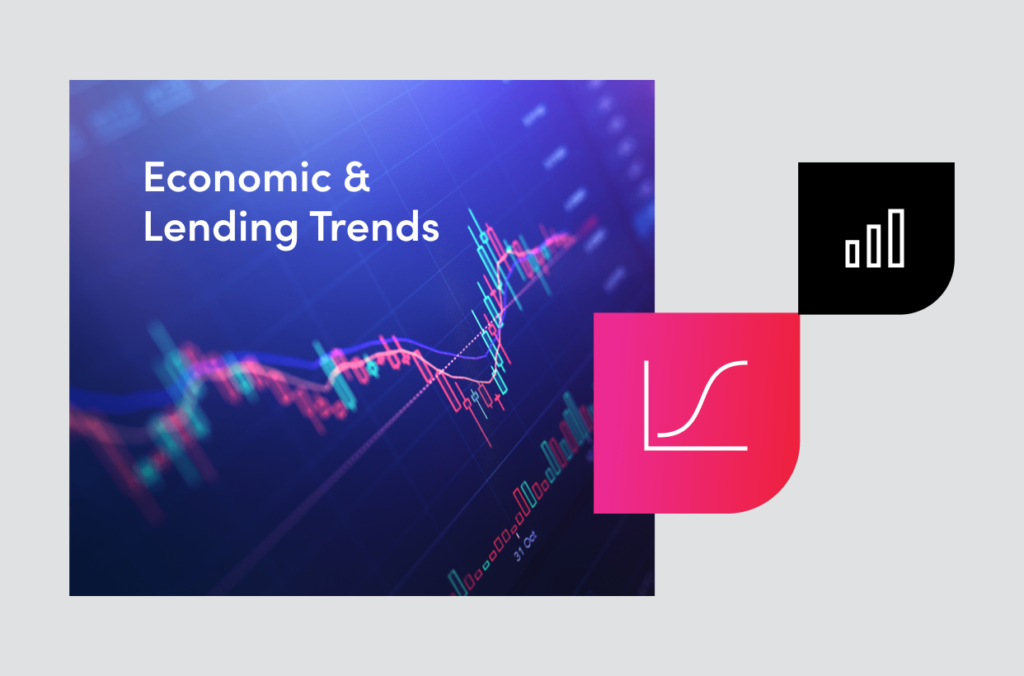Elliot Eisenberg, president and chief economist for GraphsandLaughs LLC, recently gave his most pessimistic projection to date regarding the state of the economy:
“We are not in a recession yet, but we will get there.”
Elliot Eisenberg
Eisenberg shared his views during a recent webinar hosted by Origence.
On the same webcast, David Adams, SVP lender client experience for Origence, said CUDL credit unions continue to perform among the top lenders in the country, including Toyota Financial Services, Ally, and Capital One Auto Finance. He reported CUDL credit unions saw remarkable 23.24 percent growth in February, even as the others in the top five saw percentage declines in total loans.
“New auto loan applications are not too bad,” Adams said. “It is not all doom and gloom when it comes to auto loan funding.”
Eisenberg started with the bad news, and he had plenty to share, but he also had numerous positive asides. He said risks increasingly loom, economic activity is slowing, and what had been the “last man standing,” the labor market, is starting to soften.
“With all that said, the labor market is still strong, so consumer spending is still strong.”
Auto sales had been “depressed” for a long time due to a lack of chips, but with supply chains restored and plenty of chips and cars now available, sales are strong – which Eisenberg noted was extremely unusual for an economy that might soon dip into recessionary territory.
“New auto prices are rising, but more slowly as inventories improve,” he said. “Used car prices now are flat to declining. This will help lenders set values on used car loans.”
Real personal consumption expenditures – which determines 70 percent of GDP – remain “on trend,” meaning strong, Eisenberg explained.
“It [this category] continues to do well because the labor market is doing well, which gives the Fed headaches. However, household balance sheets have fallen for three straight quarters and are down almost $7 trillion from the peak. House prices have declined, as have household savings rates.”
Elliot Eisenberg
Credit card use continues to grow, to the point that total revolving credit balances now are higher than prior to Covid.
“This is not a great situation,” he assessed, especially at a time real wages are declining year-over-year, given the impact of inflation.
As for the good news: oil prices are declining as global economic activity broadly slows. Goods prices have come down, in part because transportation/shipping costs have declined. Rents also are starting to come down.
“The Fed cares most about services and wages,” he said, noting inflation has come down, but not, as far as the Fed is concerned, for the “right” reasons.
“So, expect another rate hike or two.”
International trade largely back on track
Global supply chains have recovered completely, while inventory-to-sales ratios are returning to normal, Eisenberg continued. He said the Manufacturing Index is in recession, but the Services Index still is barely positive. The Small Business Confidence Index is below its long-term average.
Collectively, the Conference Board Leading Economic Indicators are “bleak,” according to Eisenberg.
Labor markets were tightening but are now loosening. Overtime hours are being reduced, which “is not a good thing.” The number of unemployed workers per job is declining. Not long ago, there were two jobs for every unemployed person; now, 1.67/1.
Quit rates have peaked. Workers were quitting in droves, but now the rate is slowing.
“Default rates on loans are good overall, but 30-day rates are on the rise, indicating things will get worse. Small domestic banks are raising their loan loss reserves, which seems prudent. There is real fear that something is going to happen. It would take the European war ending abruptly to change things.”
Elliot Eisenberg
Existing home inventory still is not rising. Eisenberg said people who are in a house with a low mortgage rate are not interested in moving. Similarly, there is very little refinance activity, with rates much higher than in recent years.
“It is a strange and bizarre housing market, the likes of which we have never seen before. Thirteen years ago, housing was overbuilt. Now it is underbuilt and not very many new houses are being built. New houses are expensive – very few low-priced options are being built.”
Wage growth is softer, now 4 percent, but the Fed wants it back to pre-Covid levels: 3 percent.
CPI inflationary pressures are “powerful,” Eisenberg stated.
“The Fed is not happy and will continue to raise rates. Expect another 0.25% increase at the May 3 meeting.”
Fed tightening has preceded every US recession (“Rate hikes and recessions generally travel together,” he quipped). Only three times out of 13 tightening cycles was there no recession – and in those three instances, the yield curve did not invert… and the yield curve presently is inverted.
“All of this does not guarantee a recession, but it makes it very likely.”
Traditionally, recessions start 23 to 27 months after tightening starts, which translates to the third quarter of 2023. Eisenberg said the Fed is in the middle of the “most aggressive” rate hiking cycle since 1983. Further, the Fed has said it intends to raise rates one more time and keep rates high for the rest of this year.
“I am a little nervous, but I think this will be a short recession, and not very severe, unless the housing and/or banking sectors take a big tumble,” Eisenberg predicted. “The recession will not be like it was in 2008-09.”
The key to recovery will be, when does the Fed cut rates? Eisenberg said this usually takes place some six months after the last increase.
Eisenberg’s five key takeaways were:
- 2023 will deteriorate over time
- The Fed will raise rates in May, but rates will come down once the recession starts
- Job growth will keep slowing
- Inflation is clearly declining, but not the right parts
- Watch inflation, unemployment, and inventories to have an idea where the economy is going

















